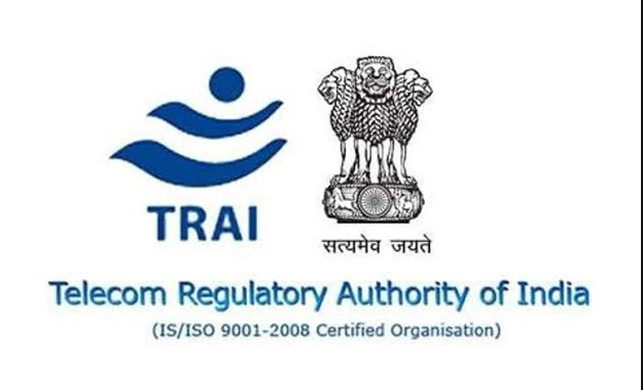The Telecom Regulatory Authority of India (TRAI) has amended its regulatory framework for cable and broadcasting services in an attempt to address some of the major concerns of consumers.
These new amendments include additional number of channels for the same Network Capacity Fee (NCF) of Rs 130 and ceiling on individual channel pricing. There is also some degree of respite for consumers who own multiple TV connections. Besides, TRAI has permitted distribution platform operators (DPOs) including cable TV operators and DTH providers to offer discounts on long-term subscription models.
The amended provisions will come into force March 1, 2020.
Capacity fee revision in TRAI DTH tariff rules: One of the most significant changes in the recent amendments is the ability to allow customers to access more number of channels at the same NCF. TRAI previously allowed the customers to avail first 75 pay SD channels and 25 mandatory Doordarshan channels at an NCF of Rs. 130 (excluding taxes). From that point of view, the count of maximum number of channels for the same Rs 130 NCF has been increased to 200 channels from 100 before. It essentially means users will get the option to avail 100 additional pay channels at the same NCF that they were paying earlier.
Meanwhile, it is important to mention here that the TRAI hasn’t provided any details about the NCF in case you want to avail additional channels — over and above the count of 200 channels. According to the existing framework, operators charge an NCF of Rs 20 for every block of 25 paid SD channels.
TRAI is also yet to clarify whether the 200 channels count would include the mandatory Doordarshan channels. The amendments, however, do include that the channels made mandatory by the Ministry of Information and Broadcasting to be given to the users will not be counted in the number of channels in the NCF. Besides, it is likely that there won’t be any changes to the NCF for high definition (HD) channels. It means operators are likely to continue to consider one HD channel in place for two SD channels for the NCF.
Multiple connections to get cheaper: TRAI has directed the DTH and cable operators to charge a maximum of 40 per cent of the declared NCF for the second and additional TV connections. It shows that customers with multiple TV connections would be able to avail services at limited NCF charge. It should be mentioned that operators such as Tata Sky earlier charged full NCF on secondary connections as well.
Long-term packages can be discounted: A vast majority of consumers were used to choosing long-term subscription plans to avail discounts, however, the recent changes had affected those discounts. That said, TRAI through its latest amendments has permitted cable TV operators and DTH service providers to offer discounts on long-term subscriptions for six months or more.
Free-to-air channel pricing: DTH and Cable TV operators have also been mandated that they won’t charge more than Rs 160 per month (NCF + taxes) for giving all the free-to-air channels available on their portfolio.
The broadcasters have been asked to publish the revised MRP of a-la-carte channels and bouquets on their websites beginning January 15. Service providers such as DTH and cable TV operators will also need to publish revised Distributor Retail Price (DRP) of a-la-carte channels and bouquets on their websites starting January 30. The amended provisions will come into force March 1, 2020, as mentioned before.

